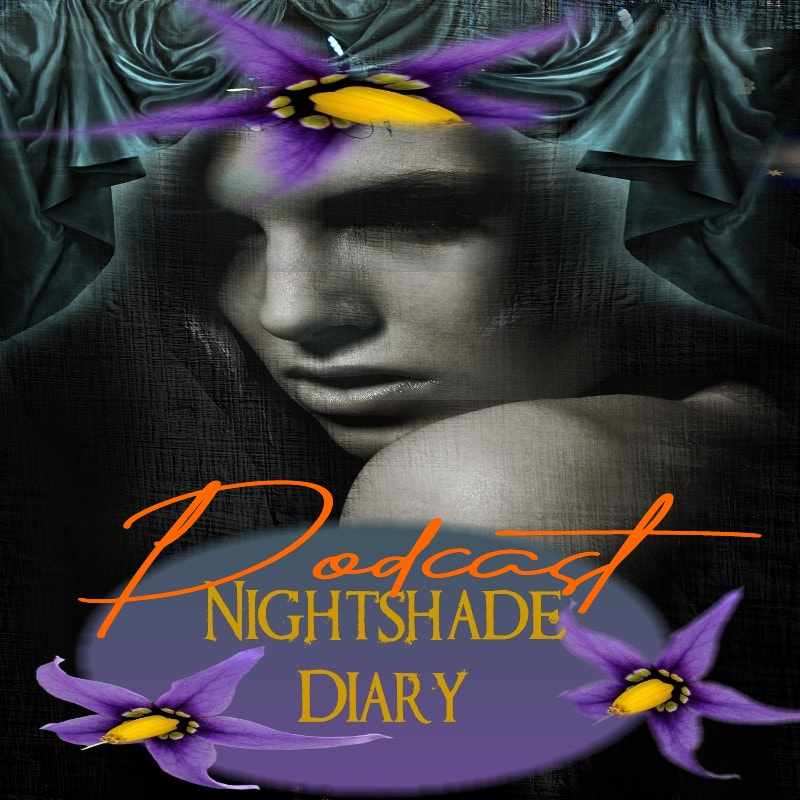
By M.P. Pellicer | Stranger Than Fiction Stories
Burton Agnes Hall is a manor house built in the 17th century by Sir Henry Griffith. Close by is the original manor house that dates back to Norman times built by Roger de Stuteville. No doubt a structure with so much history has more than one phantom, but none as mysterious as the ghost of Katherine Anne Griffith.  Portrait of the 3 Griffith sisters which might not be accurate Portrait of the 3 Griffith sisters which might not be accurate
YORKSHIRE, ENGLAND 1620
Sir Henry Griffith died in 1620; he had served as attorney general to Henry VIII. He had several children, and upon his death his son Henry (1603-1654) inherited the title. He ordered a the new manor house to be built, and it was completed in 1610. During the nine years it took for the house to be finished his children witnessed the construction of the building. However one of his daughters, Katherine Anne grew enamored of the structure more than her siblings. One day Anne, as she was known by her family, visited St. Quintin's at Harpham, only a mile way and near St. John's Well, she was attacked by ruffians. She died from her injuries a few days later. According to The Haunted Homes and Family Traditions of Great Britain by John Ingram (1897) the following is the incident that produced the haunting at the manor house: About nightfall proposing to return home, she was wholly unattended, excepting by a dog, as the houses were only about a mile apart, singing merrily as she went along. As she approached St. John's Well, she perceived two ruffianly-looking mendicants stretched on the grass by its side. This was a very numerous and dangerous class, since the dissolution of the monasteries, at whose gates they had been supplied with food and lived by traversing the country, and going from abbey to priory and priory to abbey, being generally too lazy to apply themselves to work; and although parochial Poor Laws had been passed in the two or three preceding reigns, it had been left in a great measure to the people to contribute to the poor funds.  Agnes Burton Hall Agnes Burton Hall
They attacked her and hit her over the head with a large branch. Her screams drew peasants who came to her aid, but she had been injured badly. They carried her to Harpham Hall and Lady St. Quentin cared for her until she was moved back to her home.
During the few days she lingered between life and death she told her sisters she wanted to remain in the house as long as it lasted. She made them promise they would sever her head and preserve it in the Hall. In order to deny their sister any anguish they agreed, but they did what they planned all along, which was to bury her in the churchyard.  Another portrait of the supposed ghost of Agnes Burton Another portrait of the supposed ghost of Agnes Burton
Soon the ghost of Anne was seen, and the family remembered the promise made to her upon her deathbed. Heavy doors slammed throughout the house, banging resounded on the walls and screams were heard in the night.
The family spoke to the vicar, who advised them to keep the promise they had made. Anne was exhumed and her skull was brought into the house. It was secreted somewhere in the walls, but the peace the family sought was temporary. Every time an attempt was made to get rid of it, including burying it in the garden, the haunting would increase. As the years passed, the place where the skull was hidden became forgotten, and it's believed to be in the Great Hall, but no one knows for certain.  Hampshire Telegraph and Naval Chronicles c. 1892 Hampshire Telegraph and Naval Chronicles c. 1892
DID ANNE GRIFFITH REALLY EXIST?
The "ownership" chain of Burton Agnes was as follows: Previously held by the Stutevilles, it passed to Roger de Merlay who had two daughters; his daughter Isabel married Robert de Somerville of Wychnor; Sir Philip de Somerville had a daughter Joan who married Rhys ap Griffith, and they were the common ancestors of the Griffith family of Burton Agnes. Henry Griffith who died in 1620 had children named Water, Ralph, Margaret, Henry (his successor) and Frances who married Sir Matthew Boynton. There is no record of a daughter named Katherine or Anne. It seems the first reference to the screaming skull of Agnes Burton appeared in 1892: The single most influential account of the Burton Agnes skull was a work of fiction. In 1893, Henry Frith, the English-language translator of Jules Verne’s Twenty Thousand Leagues Under the Sea and Around the World in Eighty Days, wrote a series of thirteen ghost stories which were widely syndicated in regional newspapers under the collected title, “Haunted Ancestral Homes, Their Ghostly Visitors and Portents.”  It seems the story of the Screaming Skull was more fiction than fact It seems the story of the Screaming Skull was more fiction than fact
However even if Anne Griffith didn't exist, no doubt there is a very good possibility some other lady of the manor still lingers there. Lord Halifax was sent the following story in 1915 by Mrs. Wickham Boynton, the owner:
Mrs. Lane Fox (Lord Halifax's daughter) tells me that you were interested to hear I had seen the ghost here last month and that you would like to know more about it. We were having tea in the hall, when I looked up suddenly and saw a small thin woman dressed in fawn color come out of the garden, walk very quickly up the steps, and disappear through the front door, which I thought was open, into the house. I imagined it must be the parson's wife and remarked to my husband who had seen nothing 'There is Mrs. Courts. Go and bring her in.’ He went out at once, but presently came back to say that there was no one there and that the front door was shut.
0 Comments
Your comment will be posted after it is approved.
Leave a Reply. |
Stranger Than Fiction StoriesM.P. PellicerAuthor, Narrator and Producer Archives
July 2024
Categories
All
|
Stories of the Supernatural
- Stories of the Supernatural
- Miami Ghost Chronicles
- M.P. Pellicer | Author
- Stranger Than Fiction Stories
- Eerie News
- Supernatural Storytime
-
Astrology Today
- Tarot
- Horoscope
- Zodiac
-
Haunted Places
- Animal Hauntings
- Belleview Biltmore Hotel
- Bobby Mackey's Honky Tonk
- Brookdale Lodge
- Chacachacare Island
- Coral Castle
- Drayton Hall Plantation
- Jonathan Dickinson State Park
- Kreischer Mansion
- Miami Biltmore Hotel
- Miami Forgotten Properties
- Myrtles Plantation
- Pinewood Cemetery
- Rolling Hills Asylum
- St. Ann's Retreat
- Stranahan Cromartie House
- The Devil Tree
- Trans-Allegheny Lunatic Asylum
- West Virginia Penitentiary
- Paranormal Podcasts
"When misguided public opinion honors what is despicable and despises what is honorable, punishes virtue and rewards vice, encourages what is harmful and discourages what is useful, applauds falsehood and smothers truth under indifference or insult, a nation turns its back on progress and can be restored only by the terrible lessons of catastrophe."
- Frederic Bastiat
- Frederic Bastiat

Copyright © 2009-2024 Eleventh Hour LLC. All Rights Reserved ®
DISCLAIMER
DISCLAIMER
 RSS Feed
RSS Feed
















